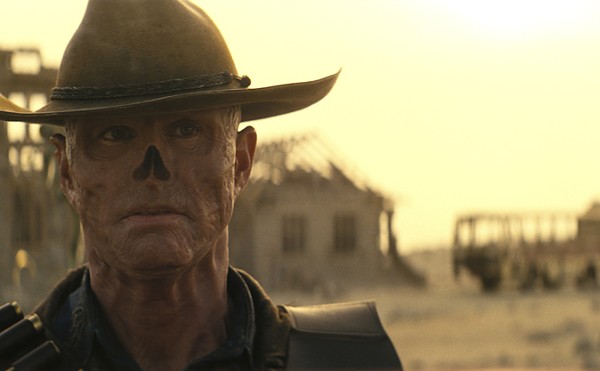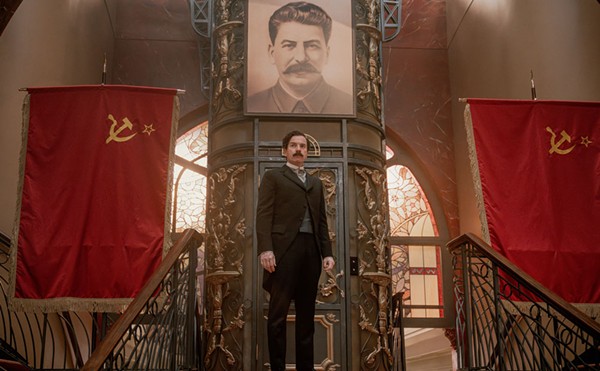Southerners keep trying to banish the bad Old South from our collective consciousness, and somehow or another the era always manages to snake its way back. This time, it's with a happy shiny rerelease of "Gone With the Wind," the epic, romanticized vision of plantation homes, cotton fields, heart-broken lovers and brave soldiers that was released in 1939 and has gone on to rack up ticket sales of $192 million (not adjusted for inflation).
David O. Selznick's masterpiece won eight Oscars and has long been recognized as a verifiable film classic, with recent recognition coming from its position as No. 3 on the American Film Institute's list of the top 100 movies of all time. And believe it or not, it's back on the big screen to kick us around again, nearly 50 years down the line.
Overlook producer Selznick's sentimental fondness for all things Old South, and revel in the sheer scale and intimate drama of Hollywood moviemaking in full spectacle mode.
That means that for every time a slave is seen joyfully toiling for his or her master, or a character mouths something wistful about a rapidly disintegrating way of life, we get the absolutely mesmerizing sequence on the burning of Atlanta. Or the amazing crane shot of hundreds of wounded soldiers at the train depot. Or the image of Scarlett O'Hara shaking her fist at the fire-scorched sky looming over the beloved, nearly ruined home known as Tara and declaring, "As God is my witness, I'll never be hungry again."
Viewers who haven't seen "Gone With the Wind" in many years (or not all) might be pleasantly surprised by the vitality of the sexually charged exchanges between randy man of the world Rhett Butler (Clark Gable) and repressed, manipulative Southern belle Scarlett (Vivien Leigh, making her Hollywood debut). "You should be kissed, and often, and by someone who knows how," the suave Rhett tells Scarlett, during a love scene that's far sexier than all of the rather adolescent romantic moments in "Titanic" combined.
Then there's the comic performances smartly delivered by Butterfly McQueen, as house servant Prissy, and Hattie McDaniel, as truth-teller Mammy. The latter practically hisses as she accuses Scarlett of "sitting there waiting for him, just like a spider," about her plans to snare the already married Ashley Wilkes (Leslie Howard). McDaniel was the first black actor to win an Oscar.
The latest reissue of "Gone With the Wind," true to the hype, looks and sounds better than ever. The dialogue and the music -- including a score played before the opening frame and during the intermission -- are reproduced with impressive clarity, and more images than ever seem to crowd against the edges of the screen. That's because of several newfangled technical achievements, including digital sound, the revival of Technicolor's dye-transfer printing process, and the presentation of the film in its original aspect ratio, with the top one-third of the frame restored.
Viewers won't need to understand anything about those processes to appreciate these iconic images -- created at the advent of Technicolor and before the start of World War II, remember -- that retain their power to move us. Who, aside from Selznick of course, would have predicted such durability?

















